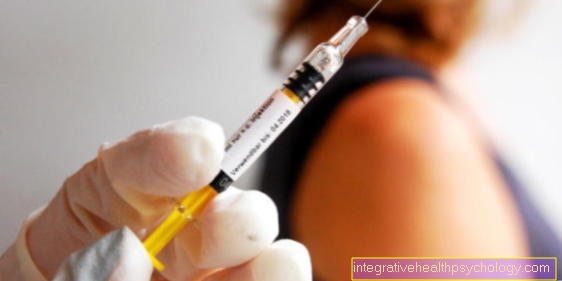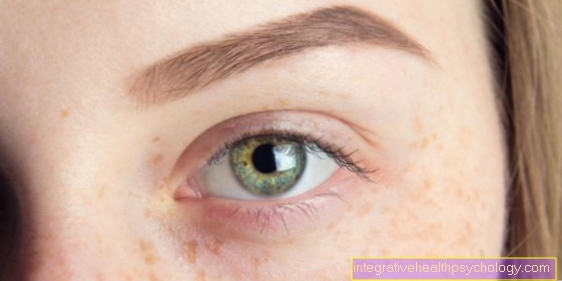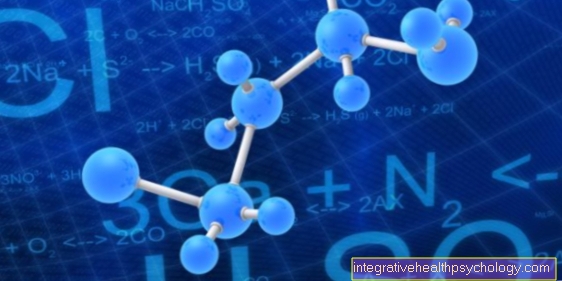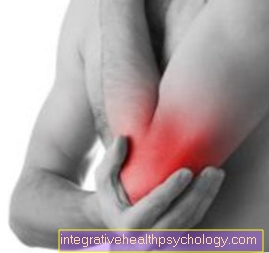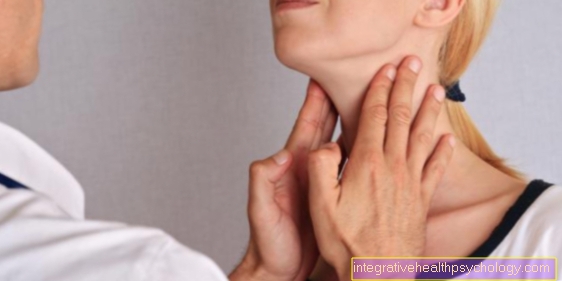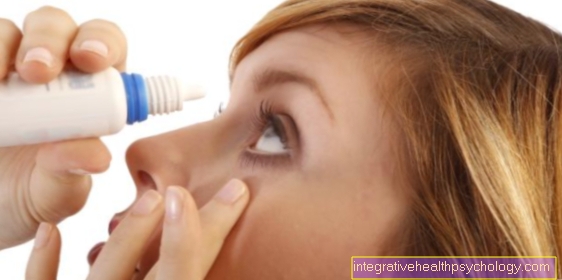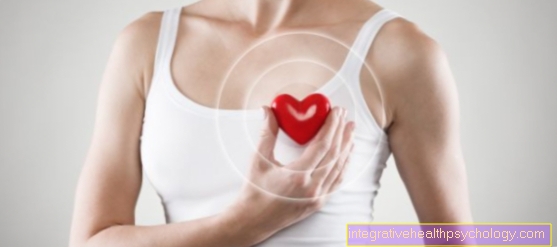Aromatherapy
introduction
The first references to aromatherapy come from ancient Egypt, where essential oils were extracted from cedar wood as early as 4000 BC. In Europe, from the 13th century onwards, oil was primarily made from rosemary and at the time of the Sun King, over 60 essences were already known in France.
With the advancement of chemistry in the 19th century it was possible to analyze the essences more precisely and finally to produce them synthetically. These products can only incompletely mimic natural oils and are therefore not used in modern aromatherapy.

Essential oils are found in practically all plants, but only a few contain therapeutically effective oils in sufficient quantities. They are obtained by steam distillation or cold pressing. These are mainly terpenes which are related to ethers, alcohols and aldehydes.
They develop their effect through the sense of smell, through the skin through rubbing, compresses or baths and some of them are suitable for internal use. Oils that are suitable for aromatherapy must always be 100% natural essential oils! No “nature-identical” or synthetic fragrance oils are used.
At first glance, aromatherapy seems to be just a variant of the Herbal medicine (Phytotherapy) to be in place of the Medicinal plants essential oils from them are used. The advocates of aromatherapy emphasize again and again that this is an independent healing method that works primarily on the "subtle level". They thus lead to soul and spirit harmony, which is also communicated to the body.
This effect cannot be precisely proven with scientific methods. What is certain, however, is that the aromatic substances absorbed through the nose limbic system in the brain influence which is responsible for the emotional and instinctual life and the related organ functions. The vegetative Nervous system and hormonal functions are affected. Aromas can have an impact on the body, mind and soul.
The individual essential oils also have special effects, some of which remain localized. These include, above all, the relief of catarrh of the respiratory tract as well as rheumatic and nerve pain, as well as stimulation of the digestive function and blood circulation. Depending on the ingredient, they can have a relaxing, stimulating and balancing effect. Different essences have disinfecting and antibiotic effects.
Applications for essential oils

The application essential oils takes place internally and / or externally according to instructions for use or professional prescription. When used properly, it is usually well tolerated. If the dosage is too high, side effects can arise in the form of irritation to the skin, respiratory and digestive tract or as allergic reaction against certain flavorings.
Essential oils do not combine with water. With some application methods, they must first be mixed with an emulsifier before they are put into water. Honey are suitable as emulsifiers, Healing earth, Milk, whey and cream.
Internal application
Possible applications for the internal use of essential oils are Cardiovascular problems and Indigestion. Usually you take 1-2 drops 3 times a day with a little honey or in water and keep them in your mouth for some time so that the active ingredients can be absorbed through the oral mucosa.
inhalation
Steam inhalation will be used at Respiratory diseases applied. To do this, add 8-10 drops (use rather sparingly) of essential oil in a bowl of hot water, adapted to your individual tolerance. You bend your head over it and cover your shoulders and head with a large cloth so that no steam escapes. Breathe deeply through your mouth and nose. Duration about 10 minutes.
Read detailed information on the subject: inhalation
Evaporation of essential oils in the room
It is best to put 10 drops of essence in the vaporizer bowl of an aroma lamp or in the humidifier on the radiator.
Baths
Bath additives you can buy it ready-made or make it yourself. To do this, mix 8-10 drops of essence with 50 ml of cream for partial baths and 15 drops of essence for full baths. Shake vigorously and add to the bath water. You can achieve stimulating, calming or pain relieving effects depending on the essence. In the case of cardiovascular diseases, pay attention to the temperature and seek medical advice beforehand.
Rubs and massages
The massage oil is self-made from three parts of essential oil and 97 parts of avocado, jojoba or wheat germ oil.
Envelopes and wraps
Add 10 drops of essence to ½ liter of water. The water temperature depends on the form of the complaints. At Bruises, Strains and Bruising are suitable cold envelopes. At rheumatic complaints, Muscle and joint stiffness or Circulatory disorders are rather warm treatments displayed. You dip a sheet of the appropriate size into the water, wring it out slightly and place it over the area of the body to be treated. A dry sheet is placed over it and a woolen cloth to finish off. Both are guided completely around the body part. Leave it on for some time (as recommended by the practitioner, usually about 30 minutes to 1 hour).
For acute inflammation (e.g. appendicitis) no apply hot compresses or compresses.
The most important essential oils for self-help
- Anise: Digestive problems, evaporation in the room with respiratory diseases.
- Arnica: Internally for nausea, rubbing and compresses for bruises, dislocations, sprain, Bruise.
- valerian: Internally, as a bath additive, inhalation and vaporization for nervousness, restlessness, sleep disorders.
- Bergamot: Internally when there is a lack of appetite, indigestion. Inhalation and evaporation in the room for exhaustion, depression and relaxation.
- Silver fir and spruce needle: Internally and as inhalation and evaporation in the room for respiratory diseases and states of exhaustion. Rubs, baths and compresses for nerve and rheumatic pain.
- Eucalyptus: Similar areas of application as silver fir, also to increase the defense and disinfection of the room air.
- Fennel: Internally for nervousness, restlessness, flatulence and menstrual cramps.
- Hop: Internally and as evaporation in the room with nervousness, sleep disorders.
- chamomile: Internally for indigestion, menstrual cramps. Wraps and baths for inflammatory skin conditions.
- Lavender: Internally and as inhalation and vaporization for headaches, nervousness and sleep disorders (also suitable for repelling moths). As a bath additive for general relaxation.
- Lemon balm: Nervousness, sleep disorders, depression. Poultices for insect bites, nerve and rheumatic pain.
- peppermint: Internally for nausea, liver problems. Rub in for headaches (temples).
- Rosemary: Internally and as inhalation and vaporization for states of exhaustion, low blood pressure and depression, rheumatic diseases, circulatory problems, strains
- Sandalwood: Respiratory disease, bronchitis, relaxation.
- Thuja: Internally for intestinal parasites and bladder problems. Evaporation for nervousness and stress. Undiluted on WasZen dab on.
- Thyme: Internally for respiratory diseases, digestive weakness, circulatory disorders, to strengthen nerves and stimulate.
- Wormwood: Internally for intestinal parasites, colic. Rub in to increase blood circulation locally.
- Lemon: Internally for blood purification, indigestion, liver-gallbladder problems. Evaporation in the room to purify the air, refresh and stimulate.

